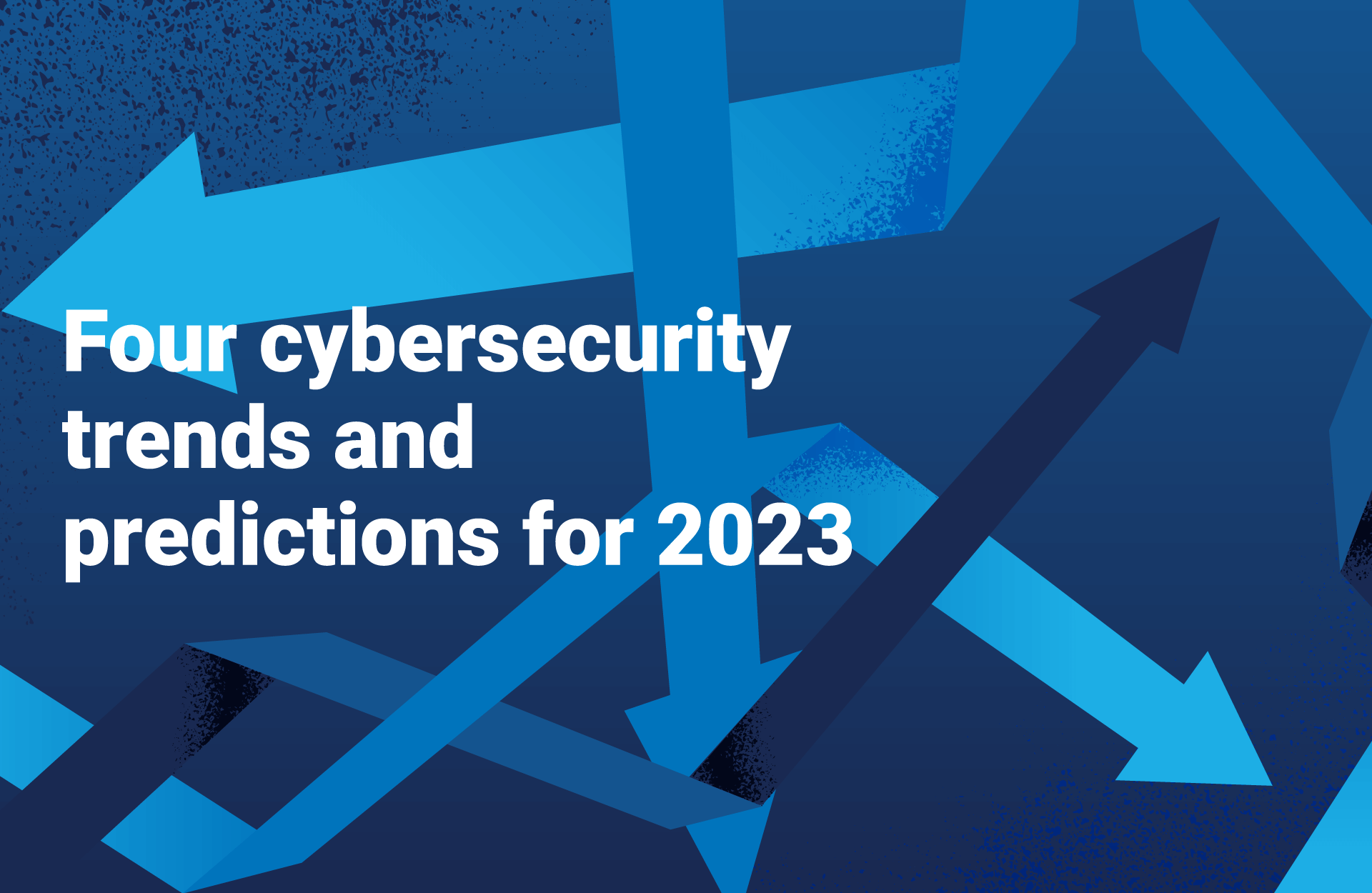
As we move into 2024, the cybersecurity landscape continues to evolve rapidly, driven by technological advancements and emerging threats. Businesses and individuals alike must stay ahead of these changes to protect their data and maintain security. This article explores the top cybersecurity trends for 2024, highlighting key innovations and challenges that will shape the industry.
1. Rise of Artificial Intelligence and c
Artificial Intelligence (AI) and Machine Learning (ML) are becoming integral to cybersecurity. These technologies are enhancing threat detection and response capabilities by analyzing vast amounts of data to identify anomalies and predict potential threats. AI-driven security solutions can automate routine tasks, such as monitoring network traffic and managing security alerts, thereby allowing security teams to focus on more complex issues.
However, the use of AI in cybersecurity also presents challenges. Cybercriminals are increasingly leveraging AI to develop sophisticated attacks, such as automated phishing schemes and malware. This cat-and-mouse game between defenders and attackers will require continuous advancements in AI to stay ahead of evolving threats.
2. Increased Emphasis on Zero Trust Architecture
Zero Trust Architecture (ZTA) is gaining traction as organizations move away from traditional perimeter-based security models. ZTA operates on the principle of “never trust, always verify,” meaning that every request for access, whether internal or external, must be authenticated and authorized.
Implementing ZTA involves a comprehensive approach, including strict identity verification, least privilege access controls, and continuous monitoring. While ZTA offers improved security by minimizing the risk of insider threats and lateral movement, it also presents challenges in terms of deployment complexity and integration with existing systems.
3. Growth of Quantum Computing and Its Impact on Encryption
Quantum computing holds the potential to revolutionize various fields, including cybersecurity. Quantum computers could potentially break traditional encryption algorithms, posing a significant threat to data security. As a result, researchers are working on quantum-resistant encryption methods to safeguard data against future quantum attacks.
The development and adoption of quantum-resistant encryption will be a critical area of focus in 2024. Organizations need to prepare for the eventual transition to quantum-safe algorithms to ensure long-term data protection.
4. Expansion of Ransomware and Evolving Attack Techniques
Ransomware remains a persistent and growing threat, with attackers continuously refining their tactics. In 2024, we can expect to see more targeted and sophisticated ransomware attacks, including double extortion schemes where attackers not only encrypt data but also threaten to release it publicly if a ransom is not paid.
Organizations must adopt a multi-layered approach to combat ransomware, including regular data backups, employee training, and advanced threat detection systems. Staying informed about emerging ransomware trends and adopting proactive security measures will be essential in mitigating the risk.
5. Increased Focus on Supply Chain Security
Supply chain attacks have become a significant concern, as they can compromise multiple organizations through a single vulnerable vendor. The SolarWinds and Log4j incidents have highlighted the importance of securing the supply chain and ensuring that third-party vendors adhere to robust security practices.
In 2024, businesses will need to implement comprehensive supply chain security measures, including rigorous vendor assessments, continuous monitoring, and incident response plans. Collaborating with suppliers to improve overall security posture will be crucial in reducing the risk of supply chain attacks.
6. Advancements in Cloud Security
With the continued adoption of cloud services, securing cloud environments is a top priority. Cloud security innovations in 2024 will focus on enhancing data protection, access controls, and threat detection in cloud infrastructures. This includes the use of cloud-native security tools, encryption, and identity management solutions.
However, cloud security also presents challenges, such as managing complex configurations and ensuring compliance with data protection regulations. Organizations must stay vigilant and implement best practices to safeguard their cloud environments.
7. Growing Importance of Privacy Regulations and Compliance
Privacy regulations are becoming more stringent, with laws like the General Data Protection Regulation (GDPR) and the California Consumer Privacy Act (CCPA) setting high standards for data protection. In 2024, compliance with these regulations will be critical for organizations to avoid hefty fines and reputational damage.
Staying abreast of evolving privacy laws and implementing robust data protection measures will be essential for maintaining compliance. Organizations should invest in privacy management solutions and conduct regular audits to ensure adherence to regulatory requirements.
8. Emergence of Cybersecurity Skills Gap
As the cybersecurity landscape evolves, there is a growing need for skilled professionals to manage and mitigate emerging threats. The cybersecurity skills gap remains a significant challenge, with a shortage of qualified experts to fill critical roles.
Addressing this skills gap will require investments in training and education programs, as well as initiatives to attract and retain talent in the cybersecurity field. Organizations should also consider leveraging managed security service providers (MSSPs) to augment their internal capabilities.
Conclusion
The cybersecurity landscape in 2024 is characterized by rapid technological advancements and evolving threats. Staying ahead of these changes requires a proactive approach, including embracing innovations like AI and quantum computing, implementing Zero Trust Architecture, and addressing emerging challenges such as ransomware and supply chain security.
By staying informed and adopting best practices, organizations can better protect their data and navigate the complex cybersecurity environment. The key to success in 2024 will be to remain agile, invest in cutting-edge technologies, and prioritize ongoing education and training in the ever-changing world of cybersecurity.

